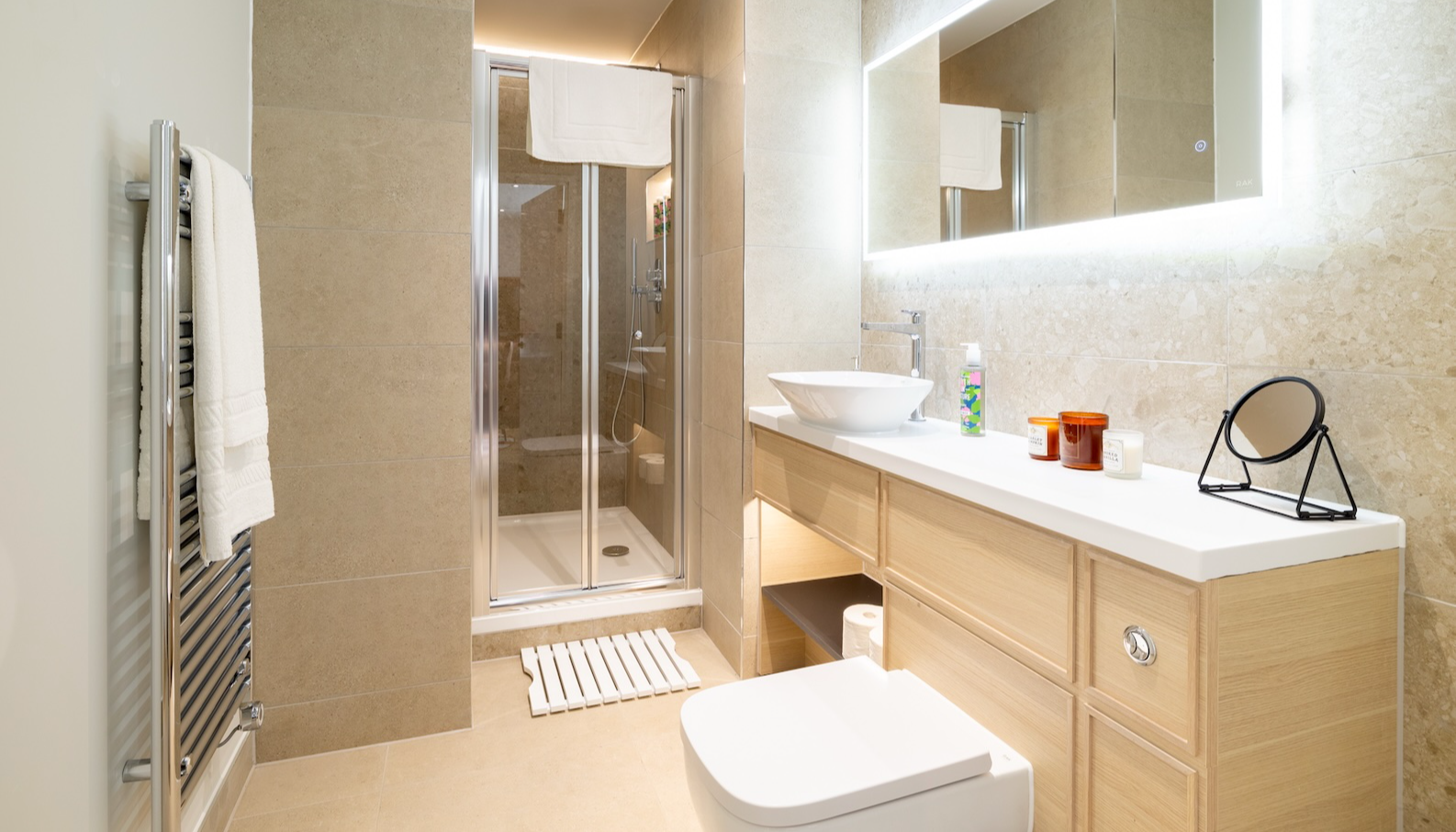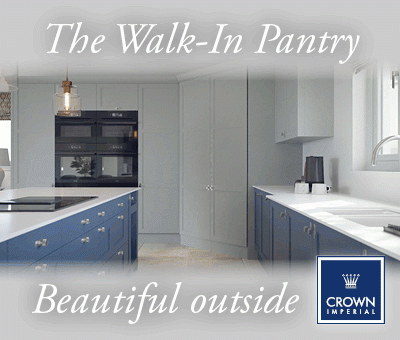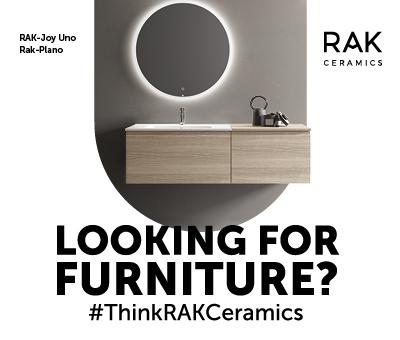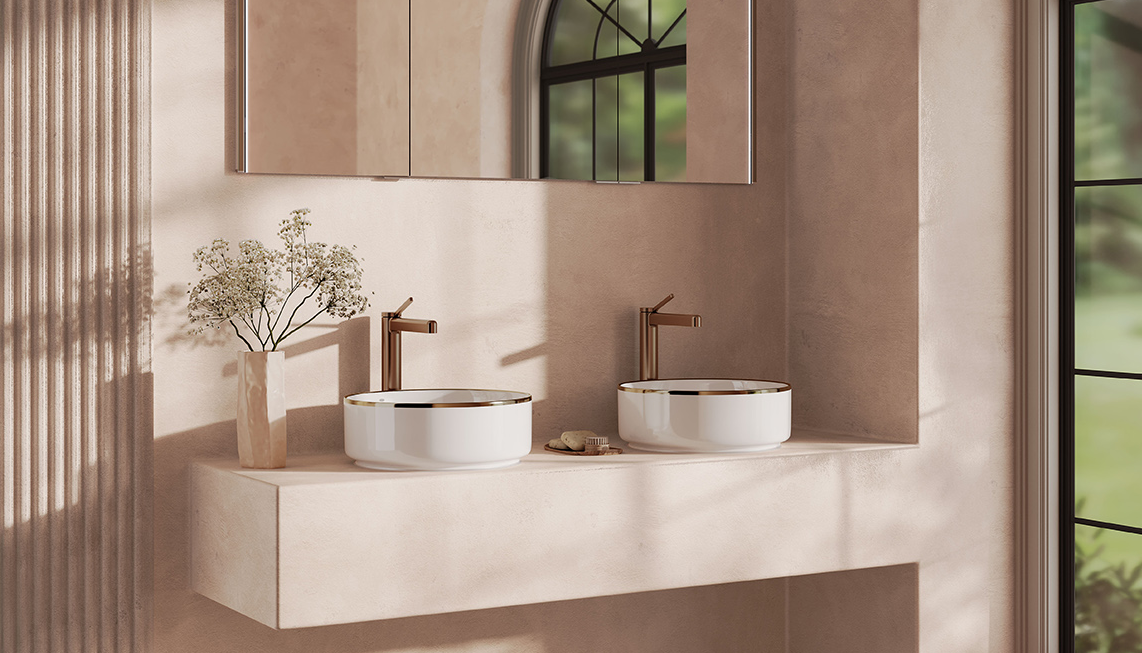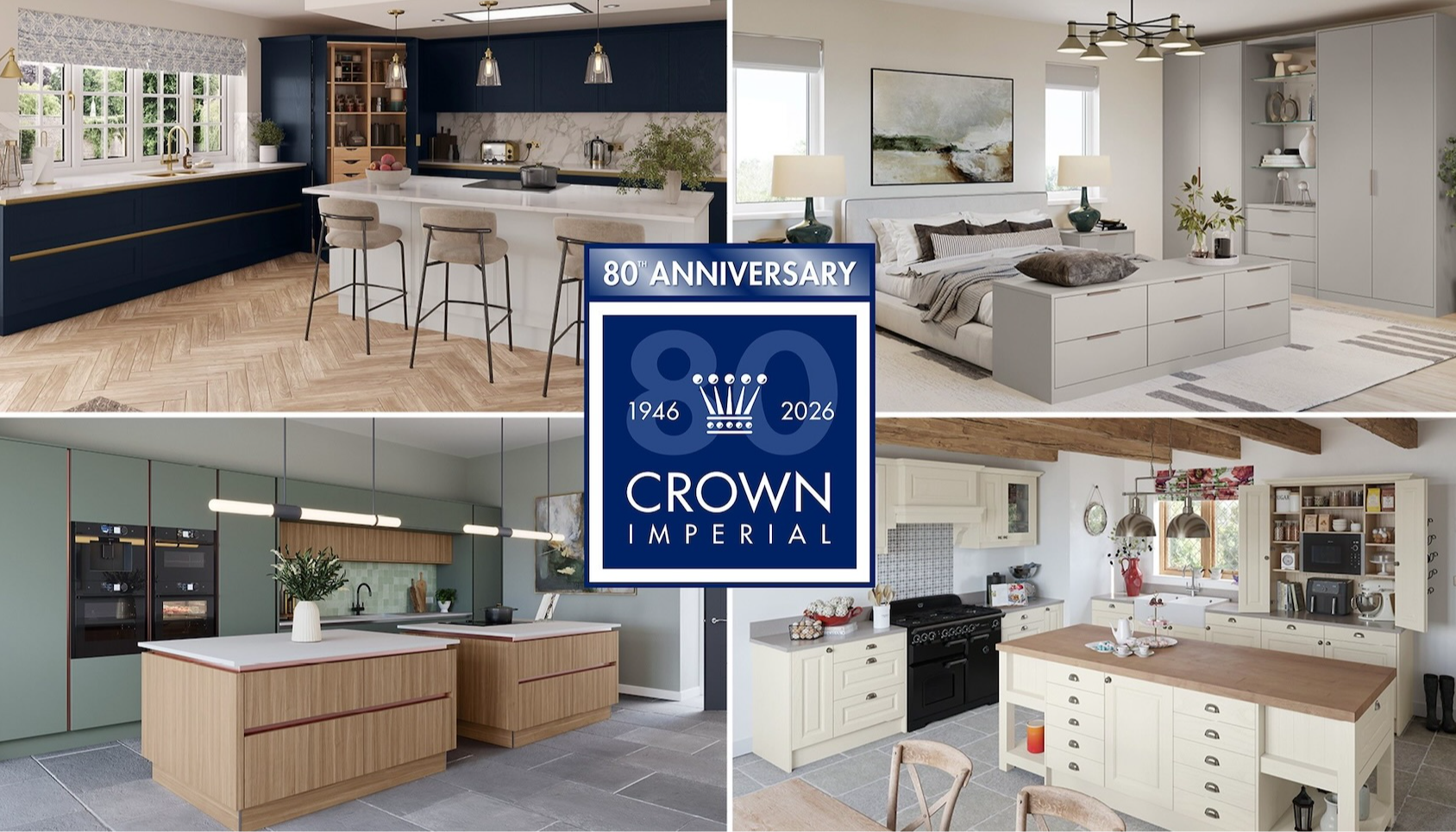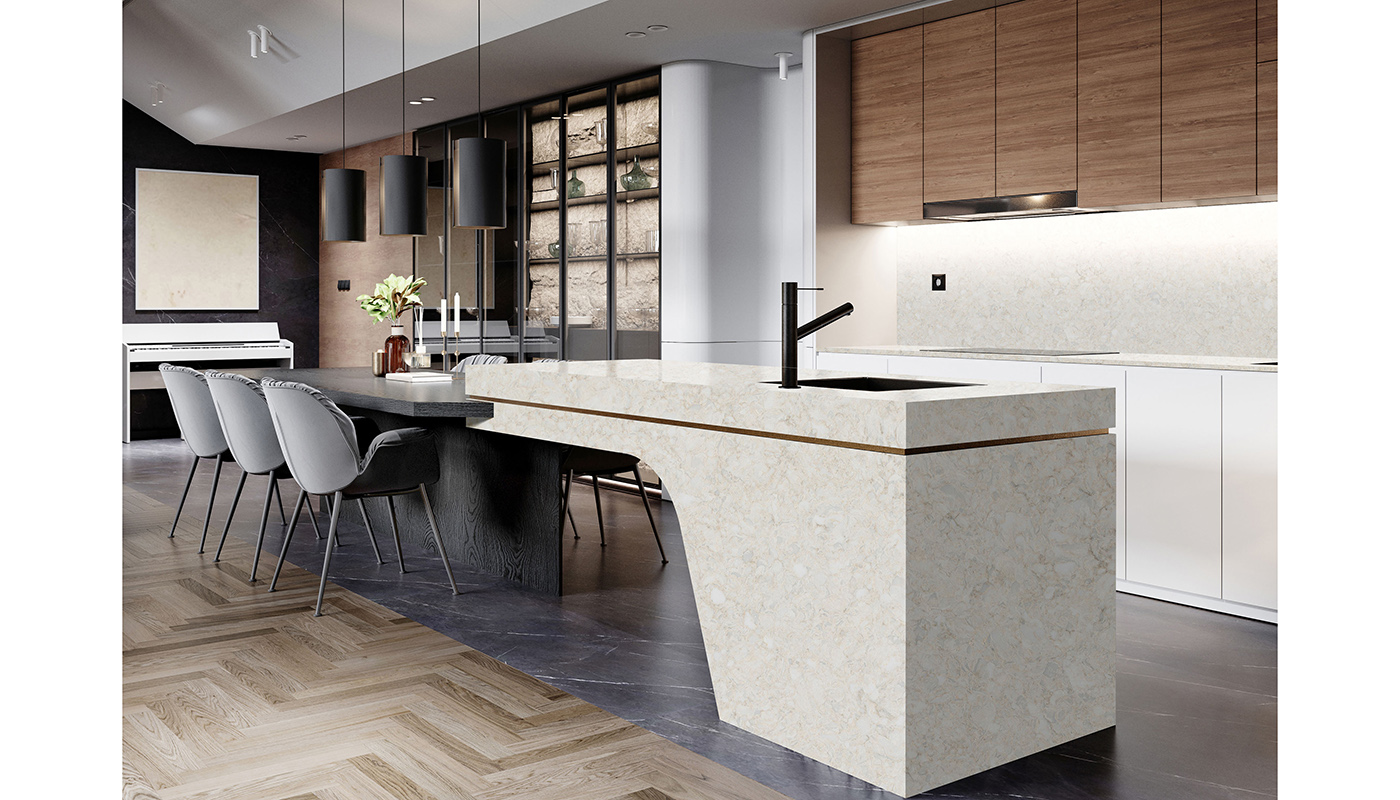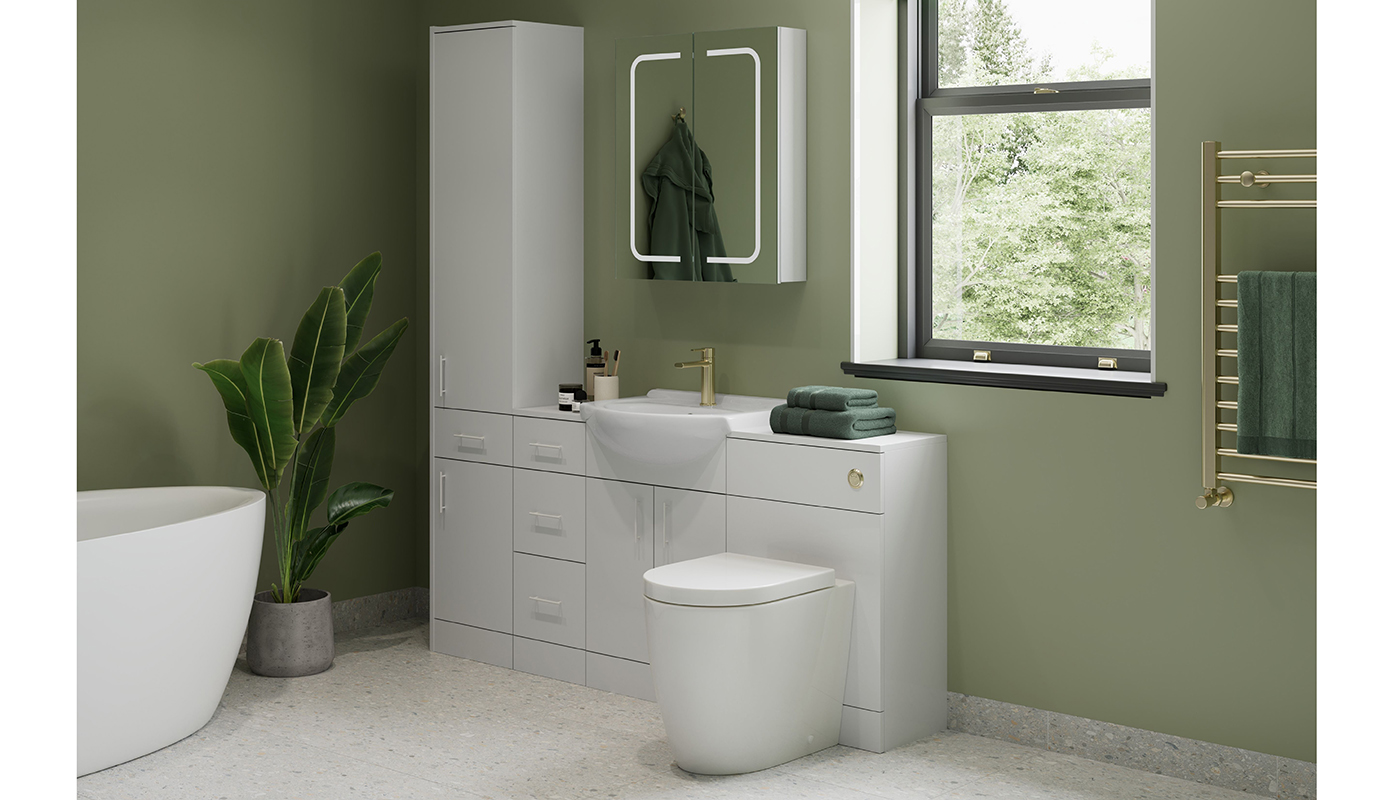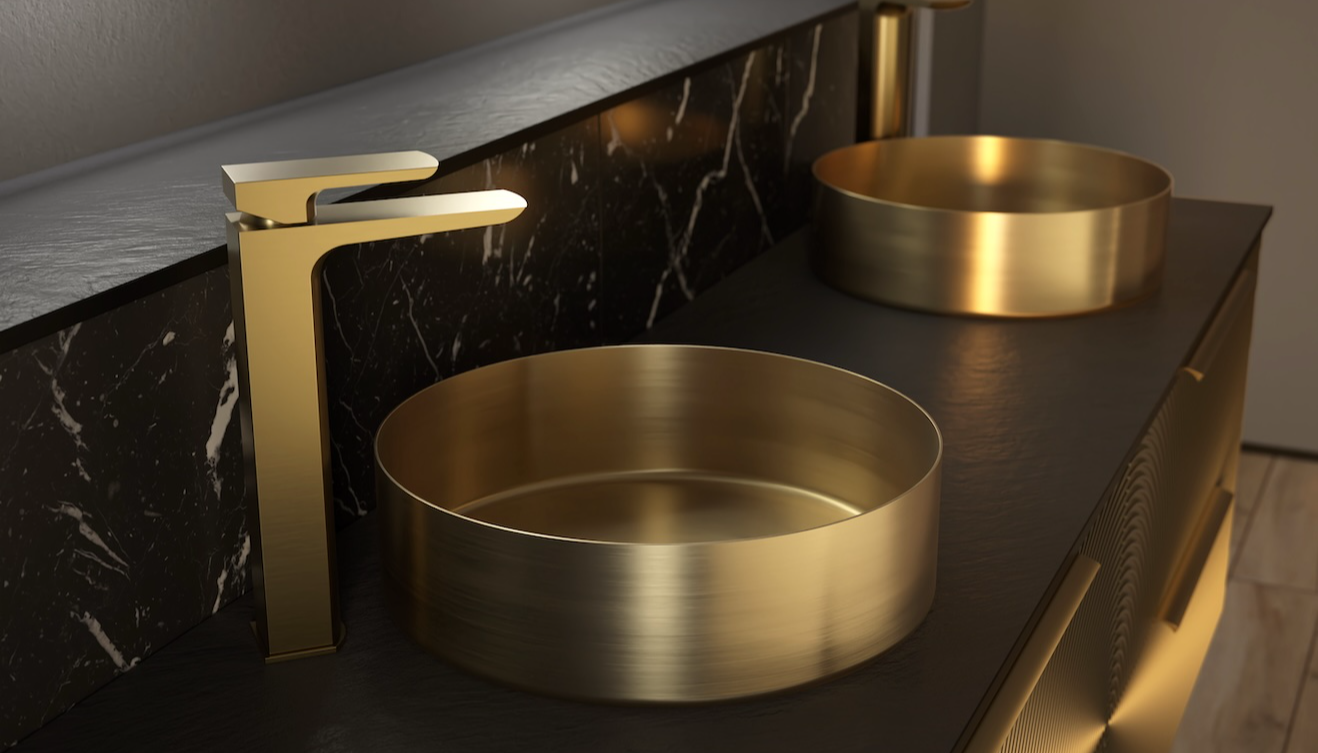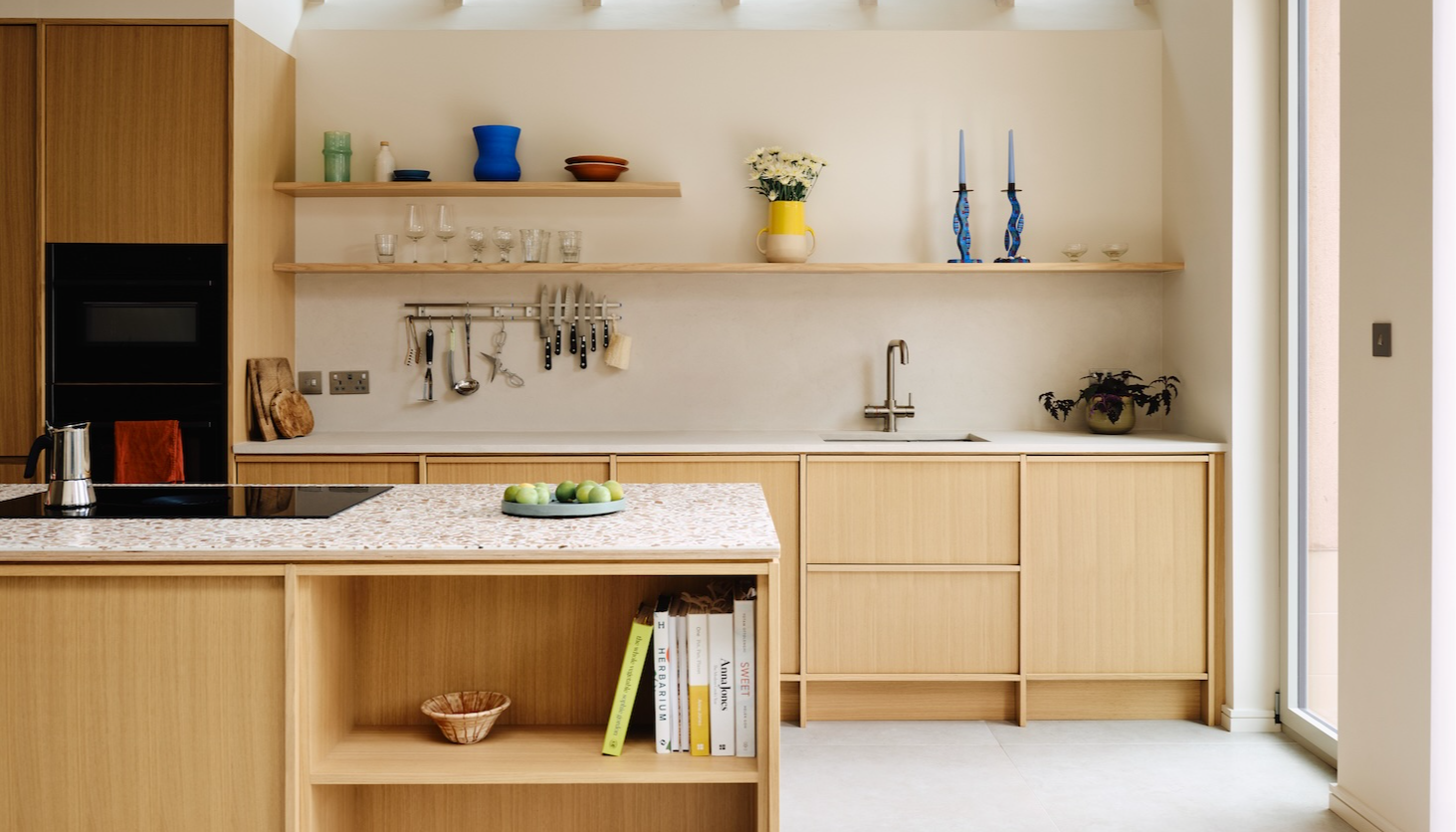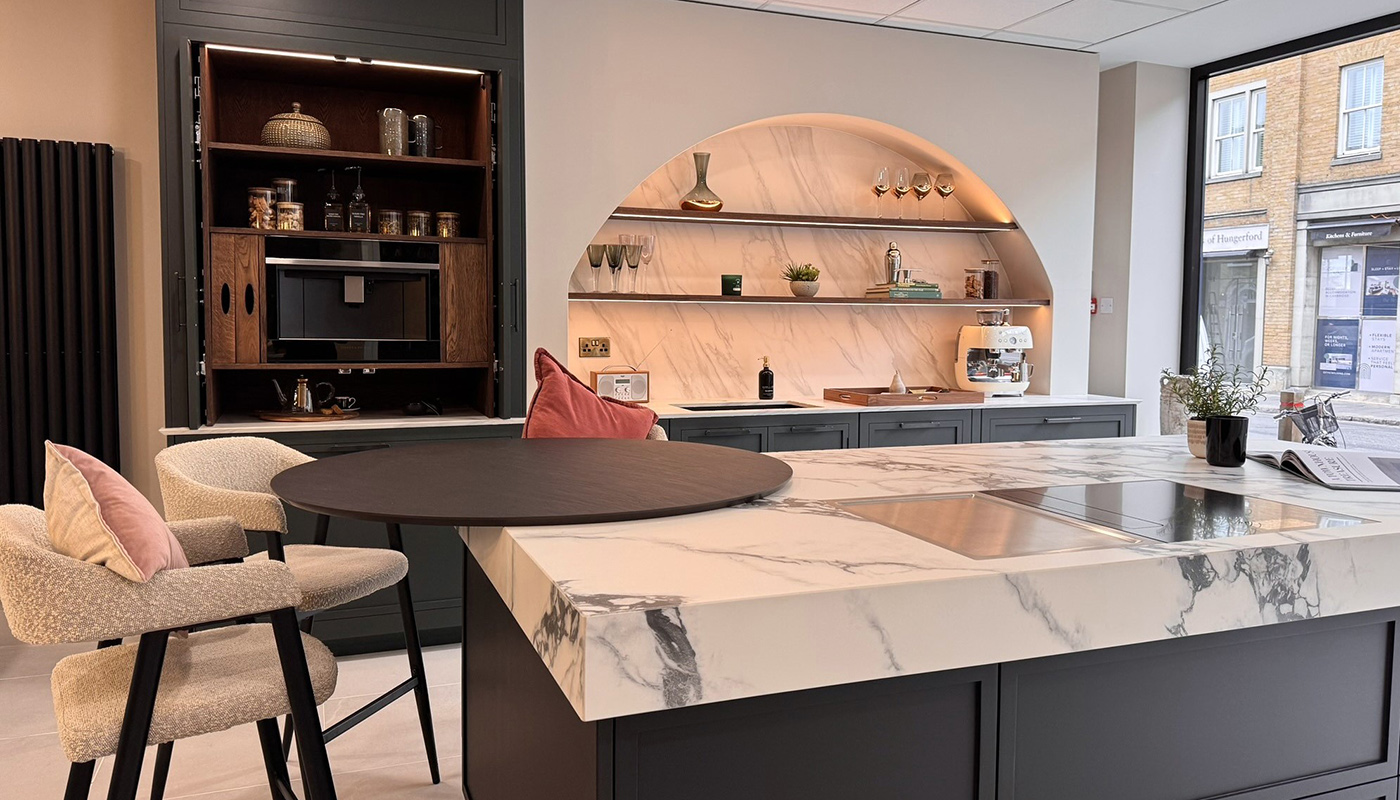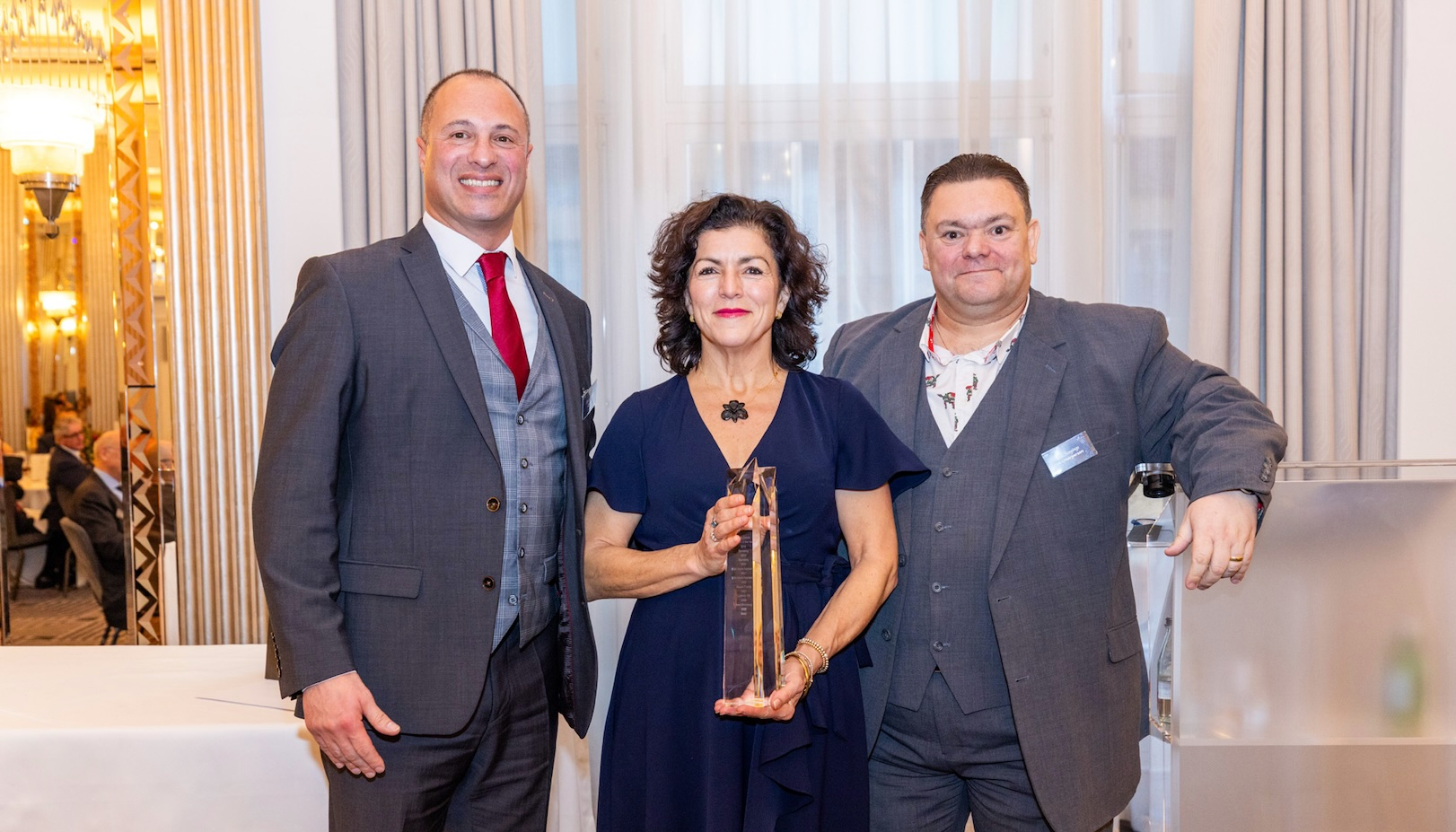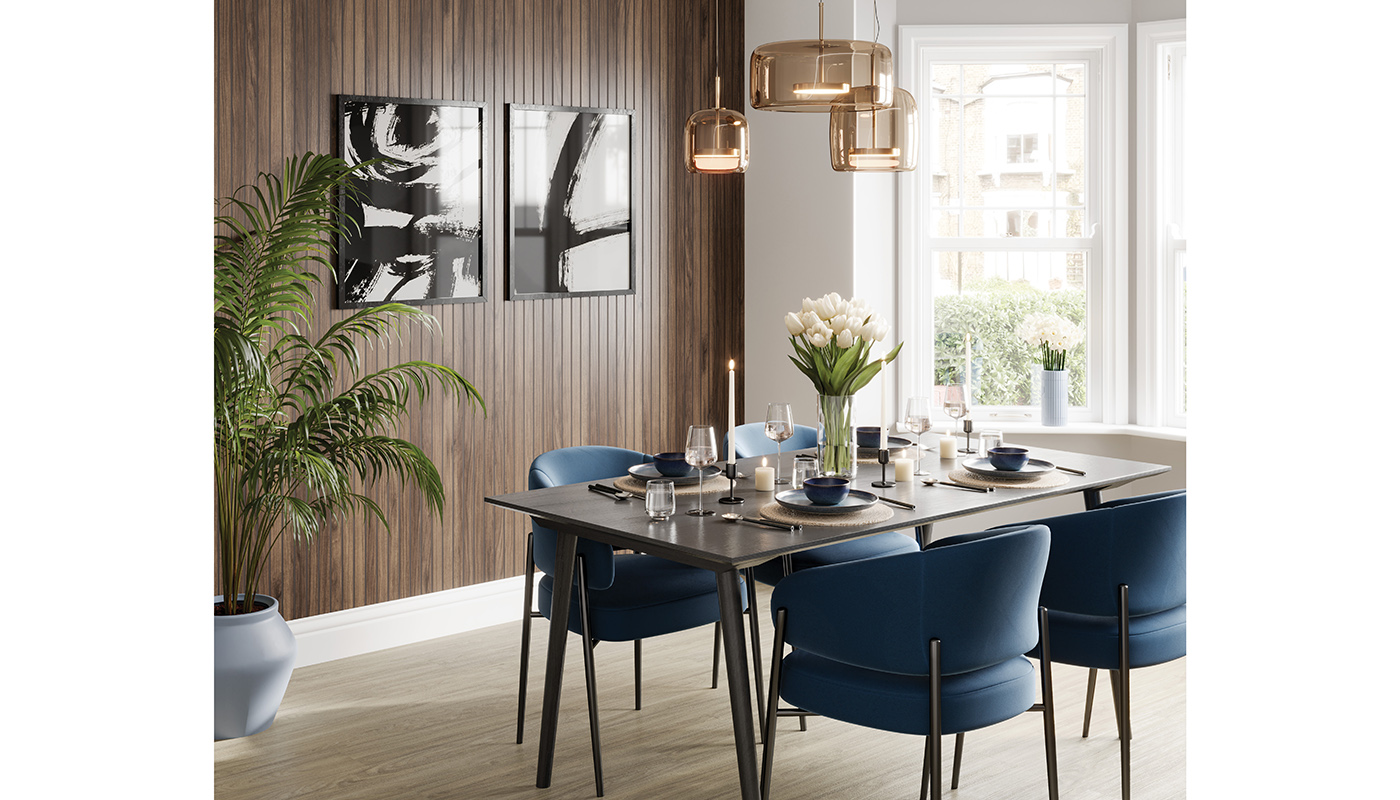How kitchen islands are evolving – the top design trends and what’s coming next
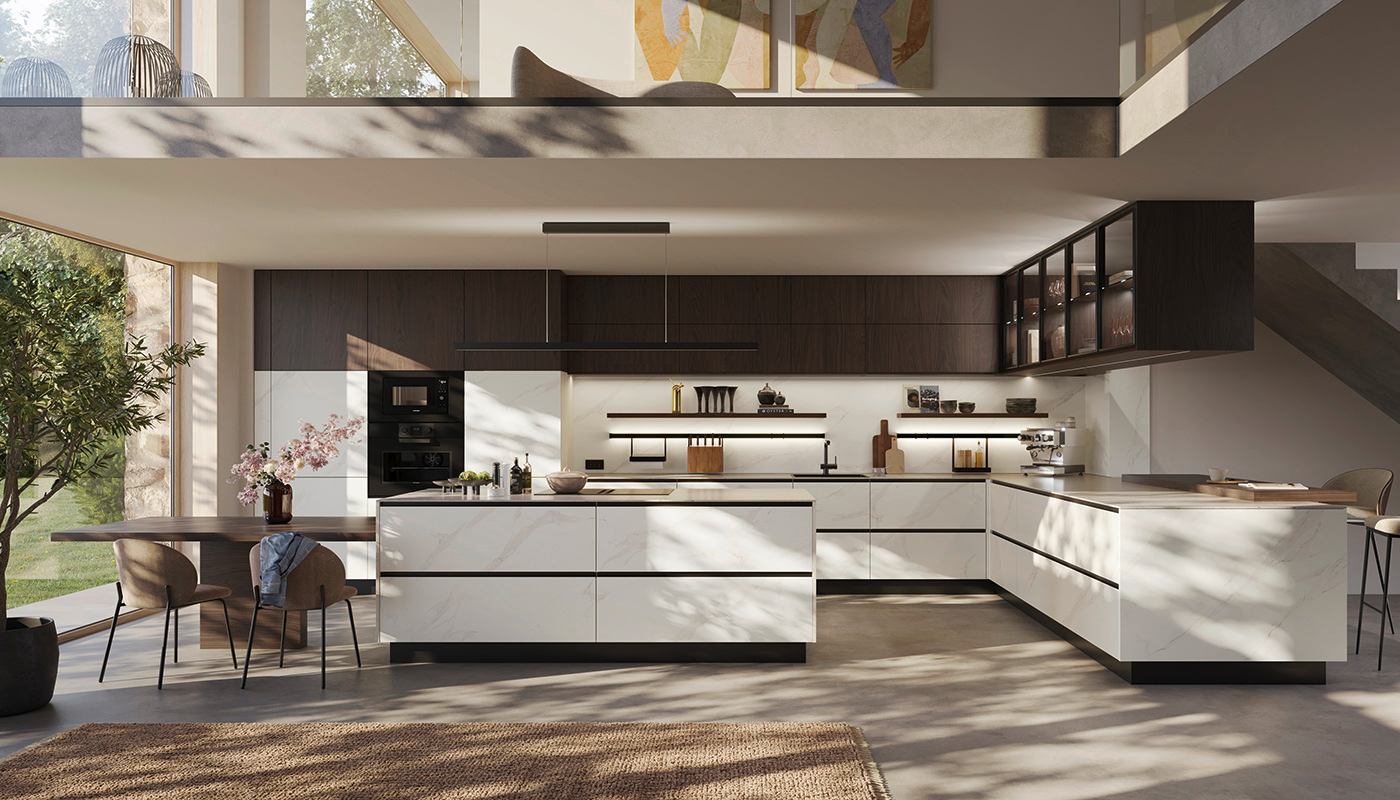
How kitchen islands are evolving – the top design trends and what’s coming next
Kitchen islands are changing shape and function in line with consumer lifestyles – Gail Rees looks at how the island is being redefined in modern homes, and what to expect in 2025 and beyond.
Once the ultimate status symbol in open-plan homes, the kitchen island has come a long way from being a supersized box topped with a slab of stone in the middle of the room. Today, it remains one of the most desirable elements of a kitchen, but its form, function and finishes are evolving to reflect changing lifestyles, new technologies and shifting design sensibilities.
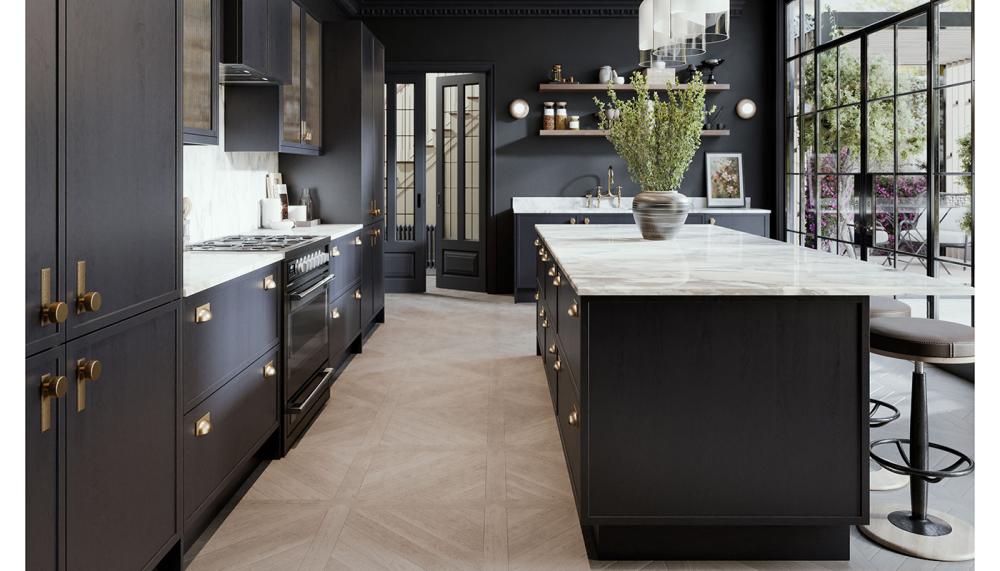
Shifts in Size, Shape and Layout
While the oversized island still has its place – particularly in large open-plan schemes – many designers are noting more variety in scale and form driven by an increase in open-plan builds, smaller footprint housing and home affordability. Jayne Everett, creative designer at Naked Kitchens, points out the following: “The island needs to look as if it belongs to both the living and kitchen area. Shapes are becoming more thought through, with curved corners or L-shaped seating to reflect how people really use their spaces.”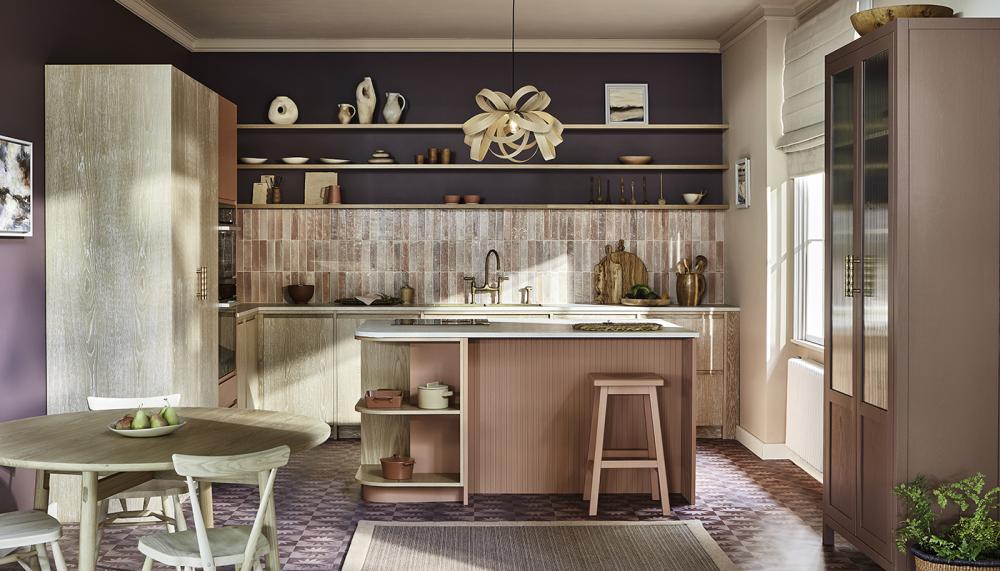
Josie Medved, design manager at Symphony Group, has seen the same surge in popularity for curved islands. “The curved design is not only visually striking but also highly practical, particularly in open-plan spaces where smooth edges encourage movement and connectivity.”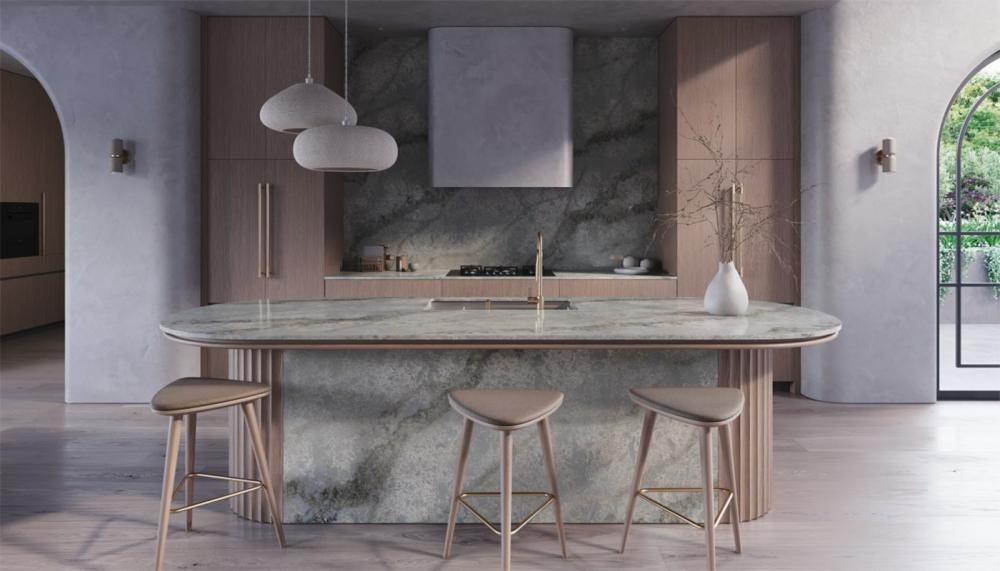
Curved islands can also be highly beneficial in smaller spaces as Charlotte Tilby, head of marketing for Woodstock Trading Co, explains. “In more compact kitchens, homeowners are turning to small circular or oval islands, to maximise surface area without overwhelming the room,” she says.
From Prep-space to Multifunctional Hub
No longer simply designed to be a free area of worktop for chopping and prepping, the island is now expected to be a multifunctional work and social space, says Darren Taylor, MD of Searle & Taylor. “From providing additional storage, to being an area to cook, clean, sit, socialise, do homework or home-working, it is both the workhorse of the kitchen and, often, the most desirable aspect of it,” he explains.
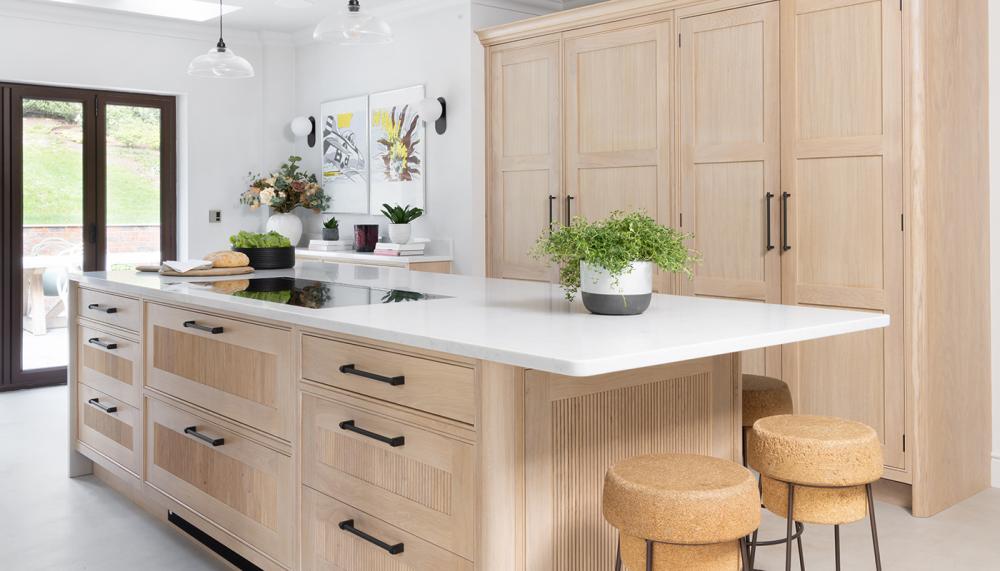
“Technology is having a major impact on kitchen design,” says Steve Tough, group sales director of Masterclass Kitchens. “With hobs increasingly being installed on islands, downdraft extraction systems have become a must-have, freeing up overhead space and making the island feel more open and sociable.”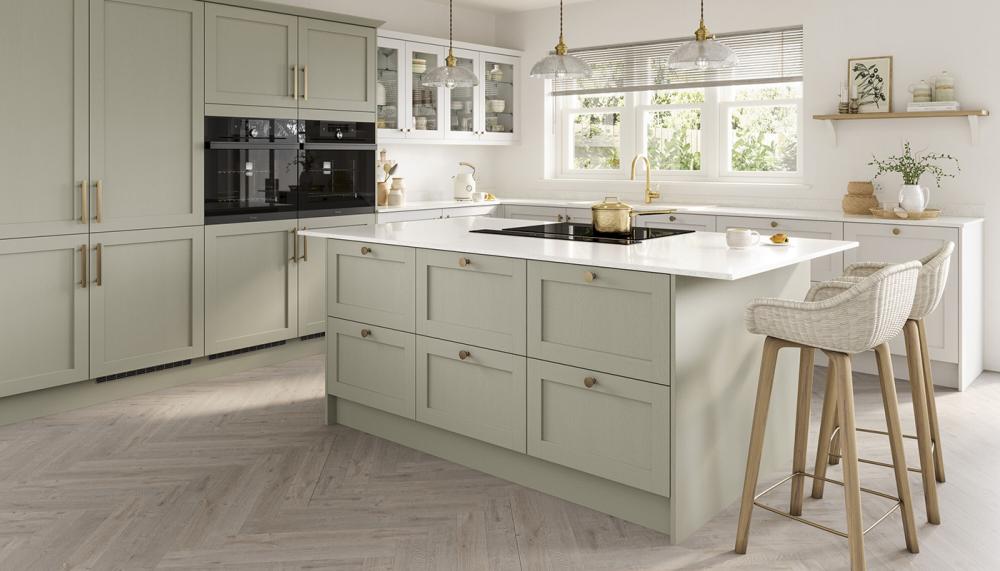
Andy Cummings, country manager at Bora, believes this positively impacts the kitchen space. “Cooktop extractors are considerably quieter than overhead cooker hoods so won’t drown out conversations and are more efficient at removing odours, which further adds to their appeal,” he says.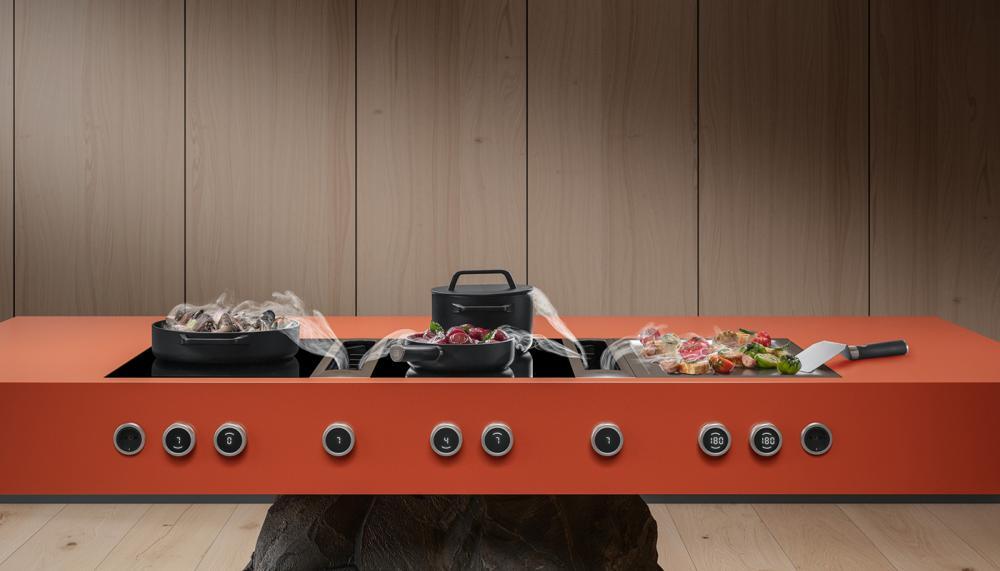
Looking to the future, Jay Powell, designer and project manager at Inglis Hall, says: “Innovation in induction and hidden cooking surfaces are expected to become more popular where you can cook directly on the surface of a porcelain counter top. A benefit for smaller kitchen spaces which enables multitasking in the same space.”
Materials and Finishes
If the island is the focal point of the kitchen, its finishes are the star attraction. “Clients are opting for tactile wood and stone styles to achieve a luxe finish,” says Bodie Kelay, MD of Euromobel/Sachsenküchen.
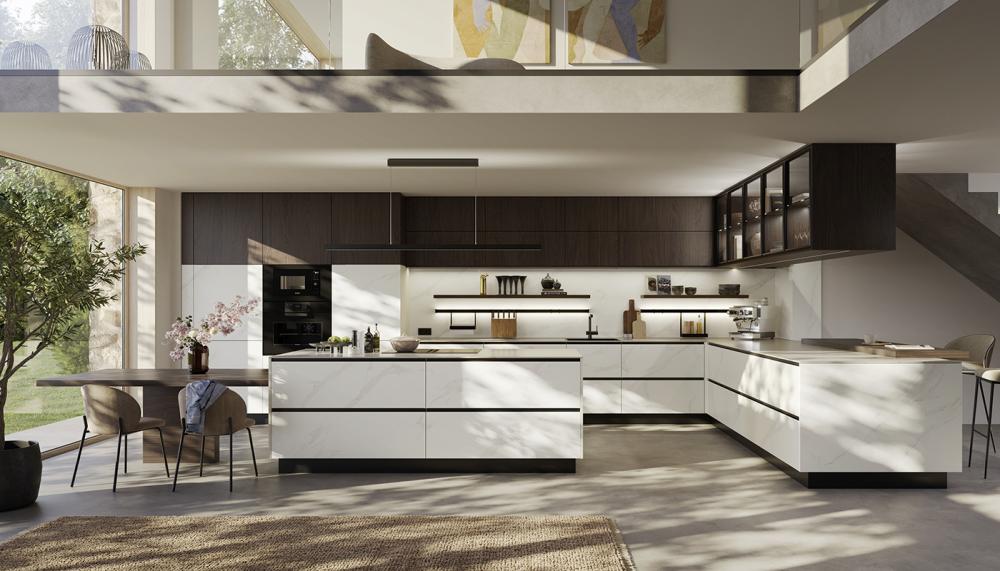
Steve Tough, group sales director of Masterclass Kitchens, supports this. “We’re seeing two strong style directions emerging," he says.
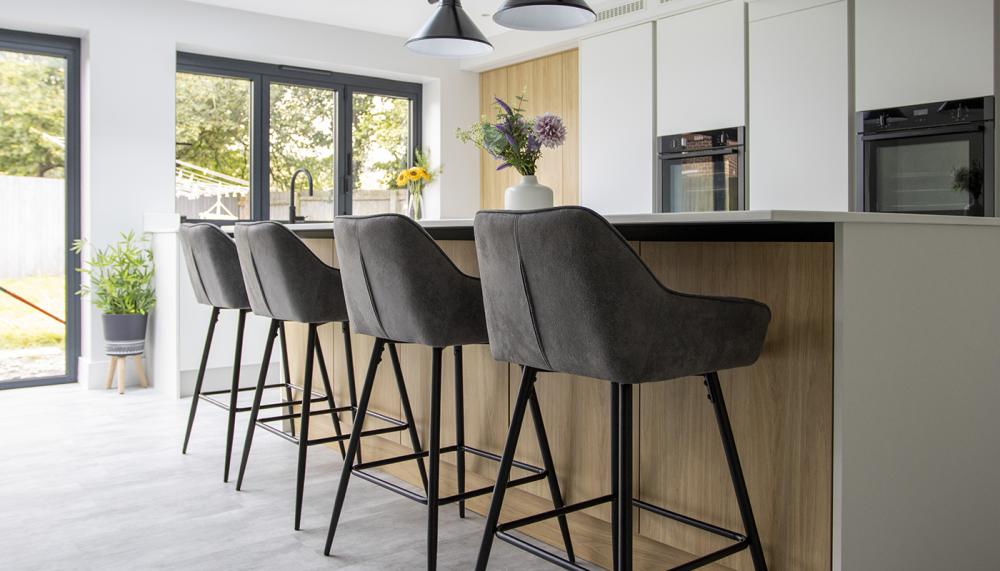
He continues: “On the contemporary side – Scandi – warm wood finishes that bring natural texture and contrast to sleek cabinetry. On the other hand, more traditional kitchens are embracing rich, colour-drenched looks, with olive green currently standing out as a favourite.”
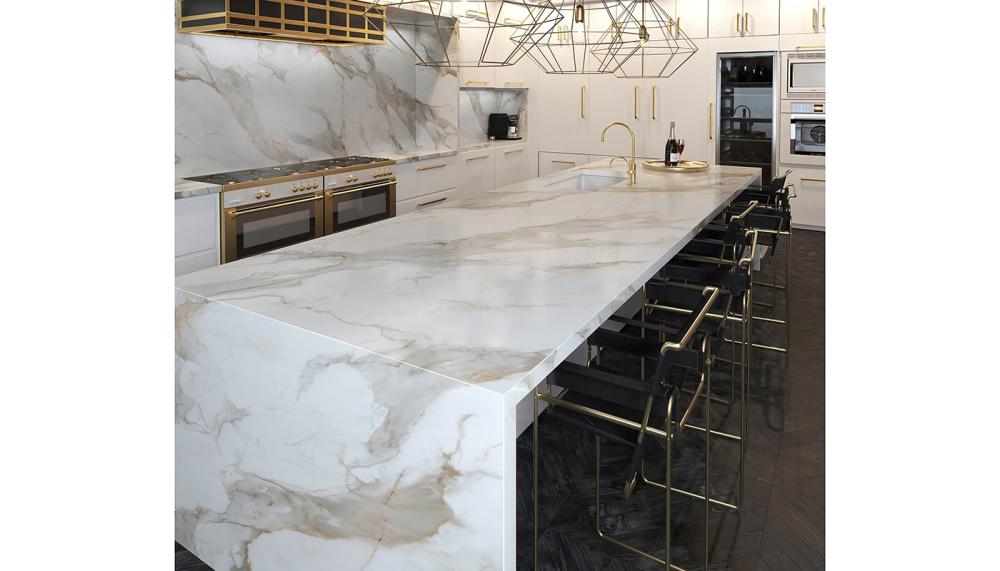
Surface specialists are noting the demand for bold stone effects. “Marble-effect ceramics and engineered quartz continue to dominate – particularly with dramatic veining and book-matched slabs,” says Joanne Bull, marketing manager for Königstone. Meanwhile, Jonathan Stanley VP of marketing at Caesarstone, highlights the growing appetite for using multiple surface designs: “Designers and homeowners are increasingly opting for a contrast between the kitchen island and wall runs. This emphasises the focal point of the island and supports zoning of the kitchen.”
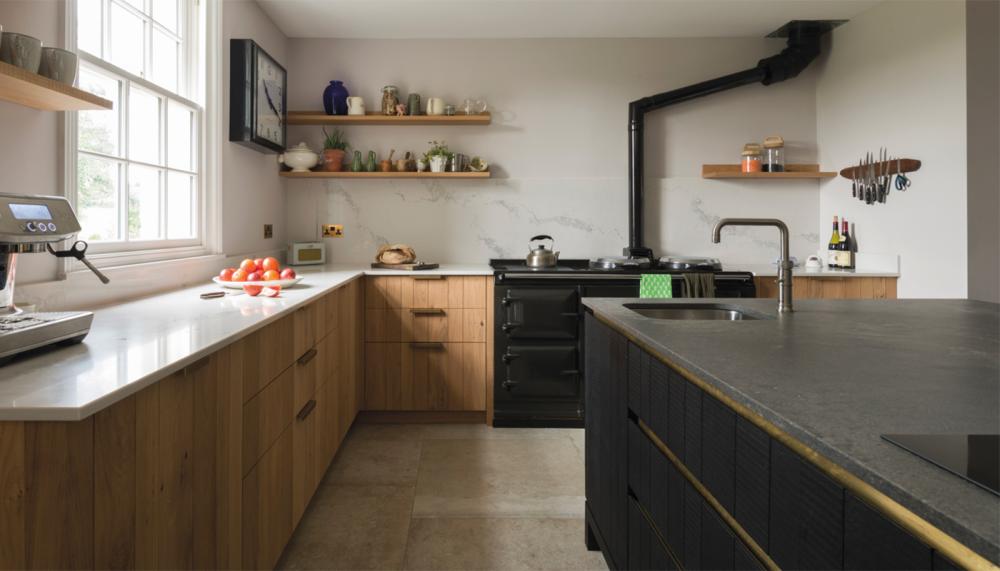
Looking Ahead
Expect to see more integrated smart features, hidden cooking surfaces and curved designs that offer flexibility in smaller spaces. Whatever the size or shape, the modern island seems set to remain both a functional workhorse and a social anchor at the heart of the home.
Tags: kitchens, features, kitchen islands, sachsenküchen, lochanna kitchens, naked kitchens, symphony group, caesarstone, searle & taylor, masterclass kitchens, bora, inglis hall, königstone









